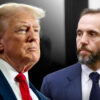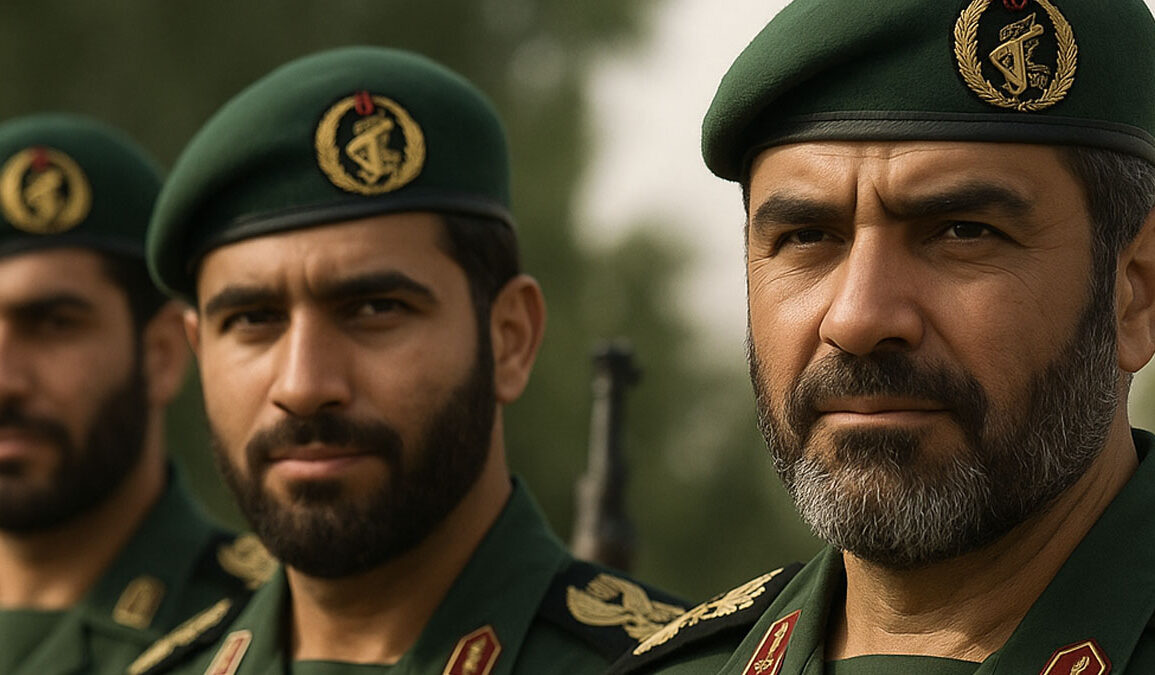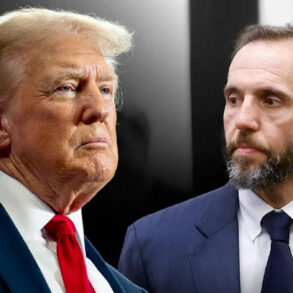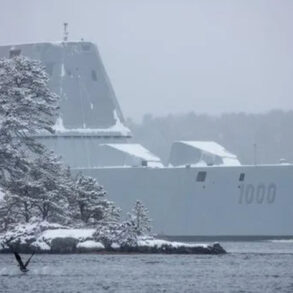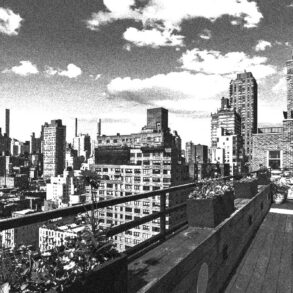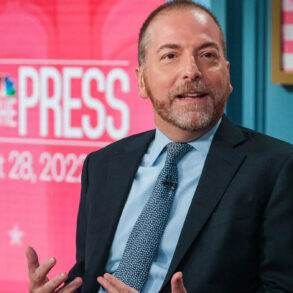Editor’s Note: Back in my days with the CIA, part of our governing executive order proscribed assassination of government leaders. This was not some altruistic, motherhood and apple pie rule – it was entirely pragmatic. From bitter experience, the Agency had learned that whenever you take out a tyrant, there was someone waiting to fill the vacuum who as much, much worse. Are we in that situation again?
As tensions between Iran and Israel escalate, speculation is growing over who might take the reins if Supreme Leader Ayatollah Ali Khamenei is killed or overthrown. A recent article fromThe Wall Street Journal lays out a stark possibility: the Islamic Revolutionary Guard Corps (IRGC) could seize full control of the state. But they’re not the only ones in the running.
We have decided to go in “god mode” and make an estimate of the odds of each faction being in charge. This is not good for us.
What happens next may define Iran’s direction for decades. Here’s a breakdown of the main contenders and how likely each is to take over, based on expert commentary and think tank research.
The IRGC: Iran’s Military-Industrial Juggernaut
Odds: 60%
The IRGC is more than a military force. It controls key infrastructure, oil and gas, telecom, and even grocery stores through a web of charitable foundations and private enterprises. With 125,000 active personnel, its own navy, air force, intelligence arm, and the Basij paramilitary network, the IRGC is Iran’s most powerful institution.
Experts quoted by the WSJ, including Ray Takeyh of the Council on Foreign Relations and Ali Alfoneh of the Arab Gulf States Institute, argue that if the supreme leader is removed, the IRGC is best positioned to impose control. “Those in charge will be the men with guns,” said Takeyh.
The Guard’s long-term ideology, forged in the Iran–Iraq War and hardened by confrontation with the West, makes it unlikely that a post-Khamenei IRGC would pivot to reform. Instead, analysts warn of a more hawkish, anti-Western regime. Naval Postgraduate School professor Afshon Ostovar suggests a coup by younger IRGC veterans could actually make the regime more militant.
Hardline Clerics and the Supreme Leader’s Inner Circle
Odds: 25%
If the IRGC doesn’t assume direct control, the next most likely path is a handoff to another hardline cleric—possibly even Khamenei’s son, Mojtaba. This route would preserve the façade of clerical legitimacy while keeping power concentrated in the hands of conservatives and their allies in the Guard.
Institutions like the Guardian Council and the Assembly of Experts are dominated by this faction. They would likely serve as gatekeepers in selecting a successor who aligns with the existing ideological framework. Think tank assessments suggest this option could also involve a “leadership council” of clerics backed by the IRGC.
Still, a succession via hardline clergy could struggle with legitimacy, especially if seen as nepotistic or as merely a front for military rule.
Moderate Clerics and Pragmatists
Odds: 10%
There is a small but consistent group of pragmatic or moderate clerics in Iran—those who have occasionally pushed for closer ties with the West and economic reform. However, their influence has been systematically curtailed by the Guardian Council, which vets and disqualifies reformist candidates.
Although some in the Assembly of Experts have floated the idea of a more moderate successor or a shared leadership council since the 1980s, the political machinery of Iran is built to marginalize these voices. Without defections from the hardliners or widespread public support, it is difficult to imagine them taking power in a crisis.
Still, this is the outcome many Iranian citizens would likely prefer, especially those who have protested in movements like the Green Revolution or after the death of Mahsa Amini. But preference does not equal power.
Civil Opposition or Exiles
Odds: 5%
The least likely – but perhaps most discussed in the West – is a full regime collapse followed by a takeover by democratic activists, exiles, or royalists like Reza Pahlavi. Groups like the People’s Mojahedin (MEK) also fall into this camp.
While these groups occasionally garner media attention and international backing, their actual support inside Iran is limited. The Financial Times and The Guardian have noted that many Iranians view them as either irrelevant or compromised. Moreover, any rapid disintegration of the current regime could produce chaos, not consensus.
As analyst Esfandyar Batmanghelidj warned, “Wholesale regime change wouldn’t just bring political change—it would tear apart the social fabric.” The IRGC’s economic network is so deeply embedded that removing it would mean dismantling large portions of the Iranian economy.
Final Analysis
If Khamenei is taken out, the power vacuum is almost certain to be filled by the IRGC, either directly or by proxy. The organization has the guns, the money, and the infrastructure to maintain control.
The most likely outcomes are:
| Faction | Estimated Odds | Key Traits |
|---|---|---|
| IRGC/Military Rule | 60% | Militarized, authoritarian, deeply entrenched in economy |
| Hardline Clerics | 25% | Ideological continuity, potential figurehead rule |
| Moderate Clerics | 10% | Reform-minded but structurally blocked |
| Civil Opposition/Exiles | 5% | Fragmented, lacks credibility or power inside Iran |
Despite growing frustration within Iran, real change remains difficult. Unless the IRGC fractures or the Iranian people rally behind a new vision, the state will likely continue under a more militant and concentrated form of rule—one with even fewer checks on power than today.

